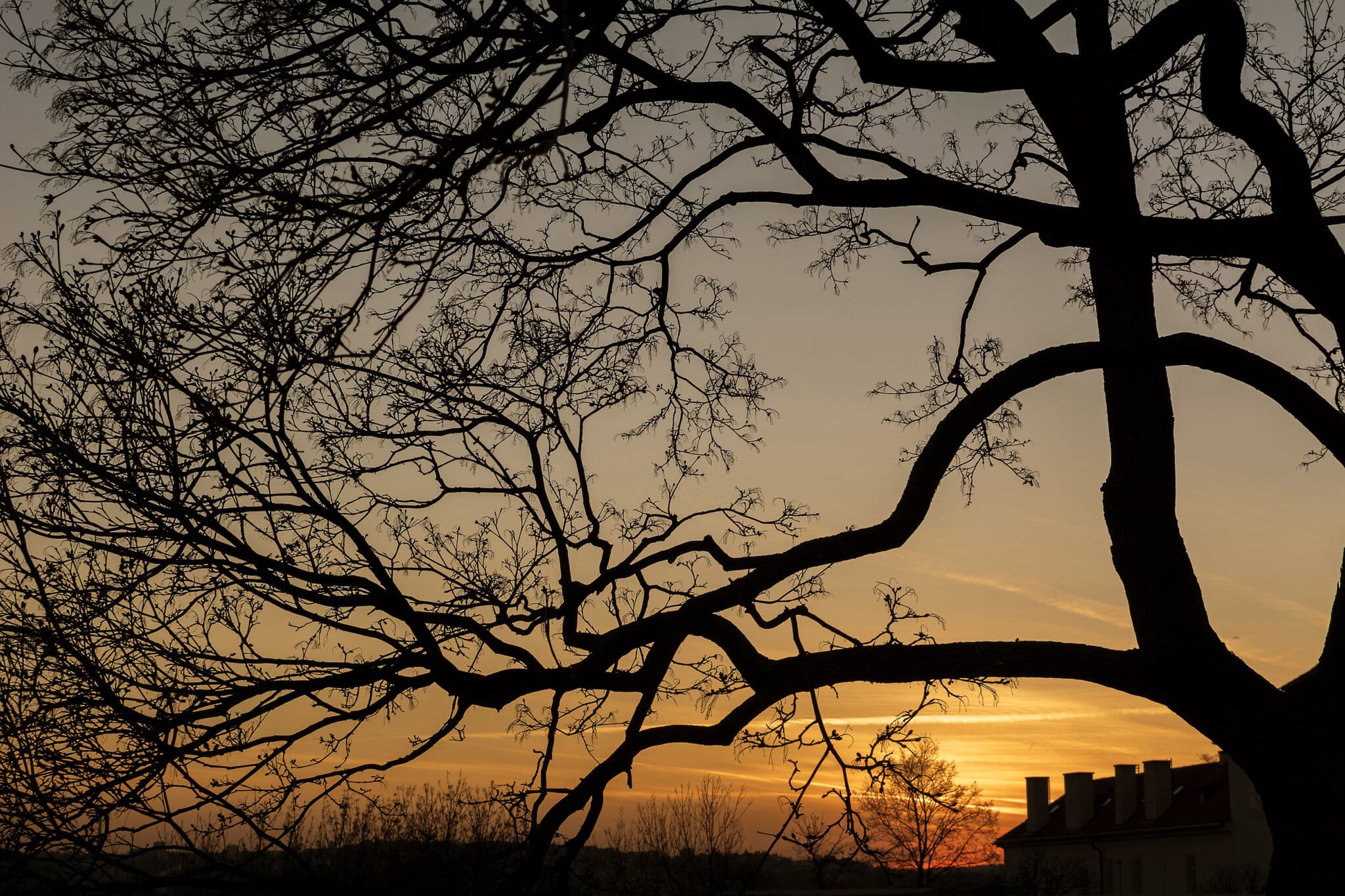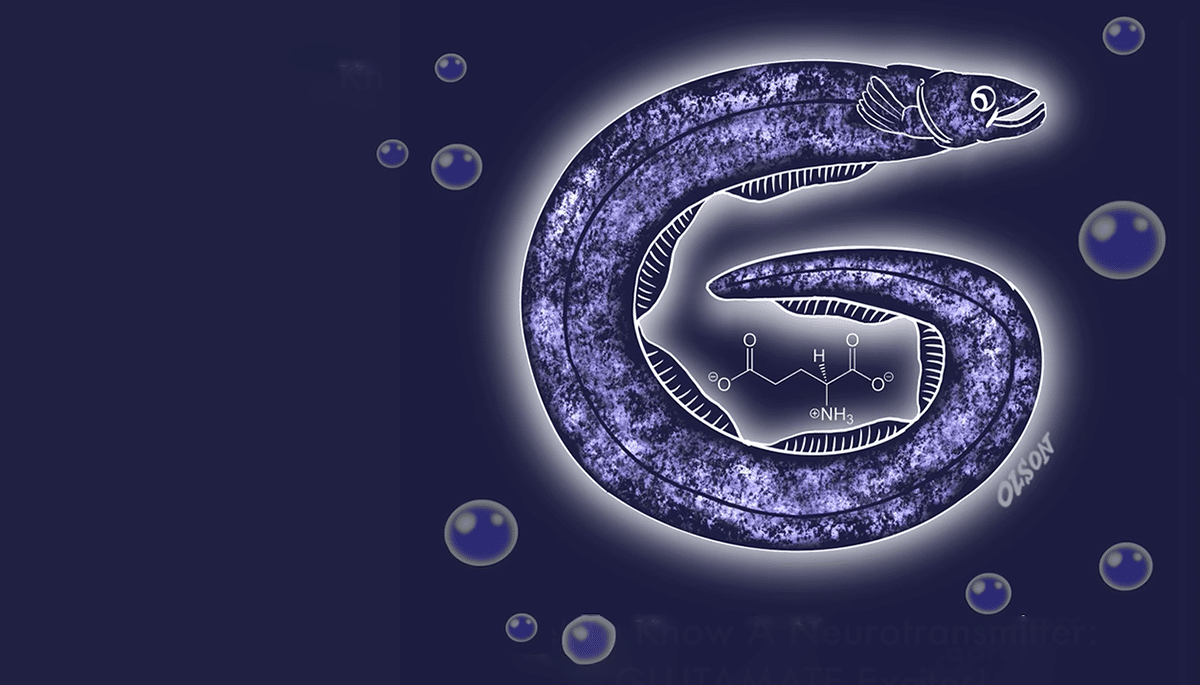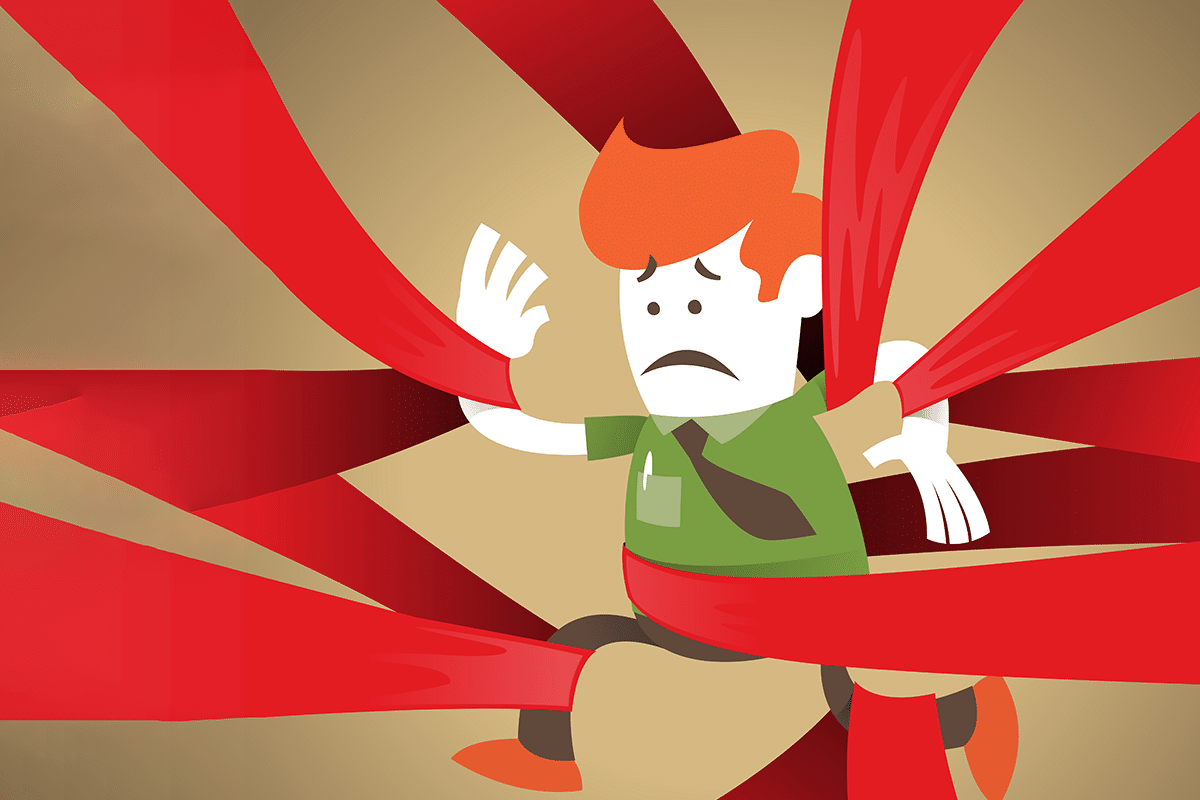Cannabinoid science touches on an astoundingly broad variety of matters. With cannabinoids – endogenous, plant-derived, and artificial – and their receptors positioned at the hub, investigation in the subject spins out in all instructions like the spokes on a bicycle wheel.
But as opposed to with a flawlessly “true” wheel, some of these spokes bear much more body weight than some others. They may have a much better proof base, as in cannabinoids’ hyperlink with inflammatory procedures. Other individuals have been issue to higher notice over the yrs from individuals and activists outdoors academia, like the “legacy” health-related marijuana situations of glaucoma, nausea, and sleeplessness.
New scientific experiments validate longstanding claims of therapeutic efficacy for every single of these ailments that aided launch health care marijuana into the mainstream, but much more is still left to discover. Right here are some new papers on these crucial spokes of the wheel.
Glaucoma
Glaucoma offers a hassle-free rhyme in Peter Tosh’s 1978 strike “Bush Doctor” (So legalize marijuana / Down below in Jamaica / It’s the only get rid of for glaucoma) and a low-cost punchline at clinical marijuana’s expense in lots of more recent films and Television reveals. But it is also a major situation influencing some 70 million people today that can trigger irreversible reduction of vision.
Largely thanks to the endeavours and 1976 courtroom victory of Washington, D.C. activist Robert Randall, hashish has long been known to supply quick-expression reduction by decreasing intraocular pressure. In truth, glaucoma was the very first sign for which the U.S. federal government supplied professional medical cannabis to a handful of sufferers (which include Randall) beginning in the late 1970s.
But virtually half a century later on, cannabis’ precise molecular system of action is unsure, and the progress of cannabinoid-primarily based glaucoma medicines continues to be a challenge. In a March 2022 paper in the journal Planta Medica1, researchers with Germany’s TU Dortmund University evaluation new conclusions, with an eye towards new prescribed drugs. Among other issues, they address the relative skill of various cannabinoids to lower intraocular tension (THC and CBN conduct superior than CBD, which in a person experiment basically elevated strain in mice) and the distribution of CB1 and CB2 receptors, TRPV channels, and other cannabinoid targets all over the human eye (they’re just about almost everywhere).
The authors also current a list of remaining investigation needs: more medical research in humans, since most to day have been in mice, pigs, or rabbits a better understanding of the job of the larger endocannabinoid method in the pathophysiology of the eye and, just as importantly, the improvement of formulations for eye-fall delivery of cannabinoids, which are badly soluble in drinking water.

Nausea
One more of health care cannabis’ most common and longstanding indications is nausea. The plant has been utilized to take care of nausea for millennia, and its capability to offset the severe facet outcomes of chemotherapy for cancer and AIDS was pivotal to the emergence and achievement of the health-related cannabis movement in the 1990s. But even here more work is required, researchers with the University of New Mexico argue in their April 2022 paper in the Journal of Scientific Gastroenterology.2 Several research have measured serious-time effects of frequent and commercially readily available hashish-primarily based merchandise, they publish.
Their remedy? To examine a lot more than 3 years’ worthy of of details submitted to a smartphone application termed Releaf that allows end users monitor and improve their hashish consumption. Between June 2016 and July 2019, 886 people today applied the application to monitor a full of 2,220 self-administered, inhaled hashish-use classes intended to deal with nausea. These documents involve baseline and progressive nausea ratings, letting the researchers to retrospectively evaluate symptom alter around time – and, additional to the point, to glance for associations between price or degree of improvement and product or service or strain sort.
Much more than 96 per cent of people experienced symptom aid inside of just one hour, and often within just 5 minutes. “Among products characteristics, flower and concentrates yielded the strongest, still comparable results,” the authors produce. “Products labeled as Cannabis indica underperformed those people labeled as Cannabis sativa or hybrid, and joints have been related with bigger symptom relief than pipes or vaporizers.”
In sessions making use of flower, increased THC and reduced CBD articles have been typically affiliated with bigger symptom aid. This is a second reminder that even over and above its pronounced psychological effects, for some physiological outcomes THC seems to have additional therapeutic worth than its large-profile cousin.

Slumber
Sleeplessness has historically been a further leading driver of clinical cannabis use. In a modern survey of somewhere around 27,000 grown ups in the United States and Canada, extra than a quarter noted applying hashish for professional medical reasons among the these, 46 % cited challenges sleeping as a purpose for use – somewhat much less than for the top rated two responses, soreness (53 per cent) and stress and anxiety (52 per cent3). (Bear in mind these in situation Family Feud ever asks what the “survey says” about why men and women use pot.)
But does it actually support? “Burgeoning evidence implies a position of the endocannabinoid method in regulating the circadian snooze-wake cycle” … but “robustly created research verifying efficacy in rest-disordered populations are limited,” generate the Australia-based mostly authors of a new overview post in the journal Upper body4. Although some experiments have shown that cannabinoids are in fact valuable in insomnia problem and slumber apnea, most experiments to day are minimal by little sample sizes, deficiency of rigorously managed study patterns, and higher possibility of bias, they add.
The base line? “While current interest in, and uptake of, medicinal hashish use for snooze problems may well have surpassed the proof-foundation, there is a robust rationale for ongoing investigation into the therapeutic probable of cannabinoids.” And so the wheel keeps on turning.
Nate Seltenrich, an unbiased science journalist based mostly in the San Francisco Bay Place, covers a large vary of subjects such as environmental overall health, neuroscience, and pharmacology.
Copyright, Task CBD. May well not be reprinted without the need of authorization.
Footnotes




